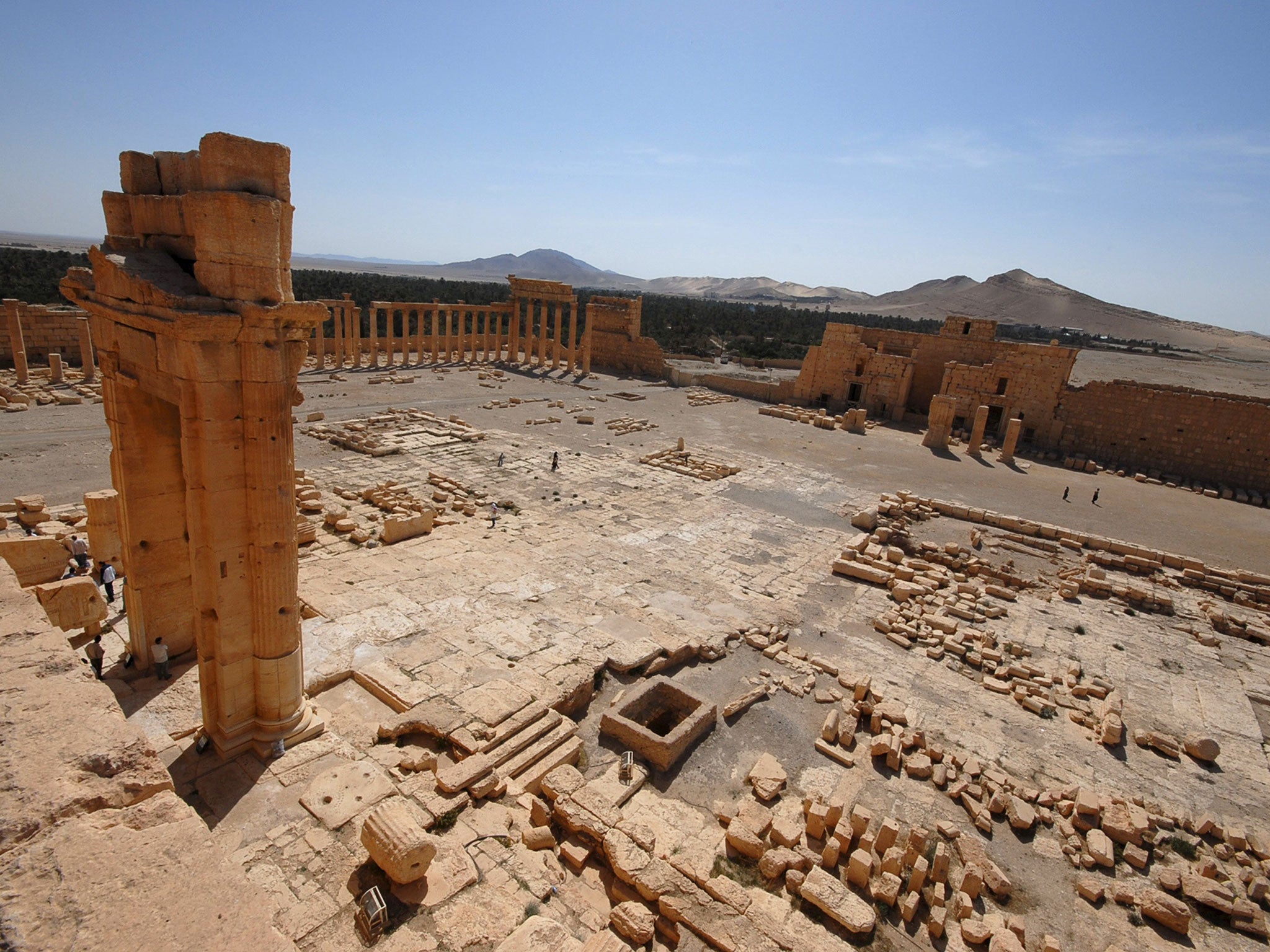Isis in Syria: Militants 'severely damage' ancient Bel Temple in Palmyra using explosives
The temple was a source of much pride for Syrians

Your support helps us to tell the story
From reproductive rights to climate change to Big Tech, The Independent is on the ground when the story is developing. Whether it's investigating the financials of Elon Musk's pro-Trump PAC or producing our latest documentary, 'The A Word', which shines a light on the American women fighting for reproductive rights, we know how important it is to parse out the facts from the messaging.
At such a critical moment in US history, we need reporters on the ground. Your donation allows us to keep sending journalists to speak to both sides of the story.
The Independent is trusted by Americans across the entire political spectrum. And unlike many other quality news outlets, we choose not to lock Americans out of our reporting and analysis with paywalls. We believe quality journalism should be available to everyone, paid for by those who can afford it.
Your support makes all the difference.Activists say Isis militants have purportedly set off an explosion that severely damaged the Bel Temple in the ancient city of Palmyra in central Syria.
A resident of the area, who goes by the name of Nasser al-Thaer, said a huge blast went off Sunday afternoon. He says that "it is total destruction, the bricks and the columns are on the ground", and that "only the wall of the temple remains".
The Britain-based Syrian Observatory for Human Rights, which has a network of activists in Syria, says the temple - considered one of the greatest sites in the ancient world - was damaged.
The temple, consecrated to the Semitic god Bel, had been well-preserved and was a source of much pride for Syrians.
News of the destruction in Palmyra came a few days after Isis released propaganda images that purported to show militants laying explosives in and then blowing up Palmyra's 2,000-year-old temple of Baalshamin.
Isis has imposed a violent interpretation of Islamic law across its self-declared "caliphate" straddling Syria and Iraq. It claims such ancient relics as those in Palmyra promote "idolatry".
Experts condemned Isis's destruction of ancient relics in the Syrian city, which was designated a Unesco World Heritage site in 1980.
British museum staff said they were "deeply distressed" by Isis activity in Palmyra, which was once described as the Pearl of the Desert.
Last week news also emerged that Isis had beheaded the city's 82-year-old antiquities chief, Khalid Asaad, after interrogating him for around a month.
Militants have blown up several other historical sites in neighboring Iraq, and are believed to sell looted antiquities.
Additional reporting by AP
Join our commenting forum
Join thought-provoking conversations, follow other Independent readers and see their replies
Comments